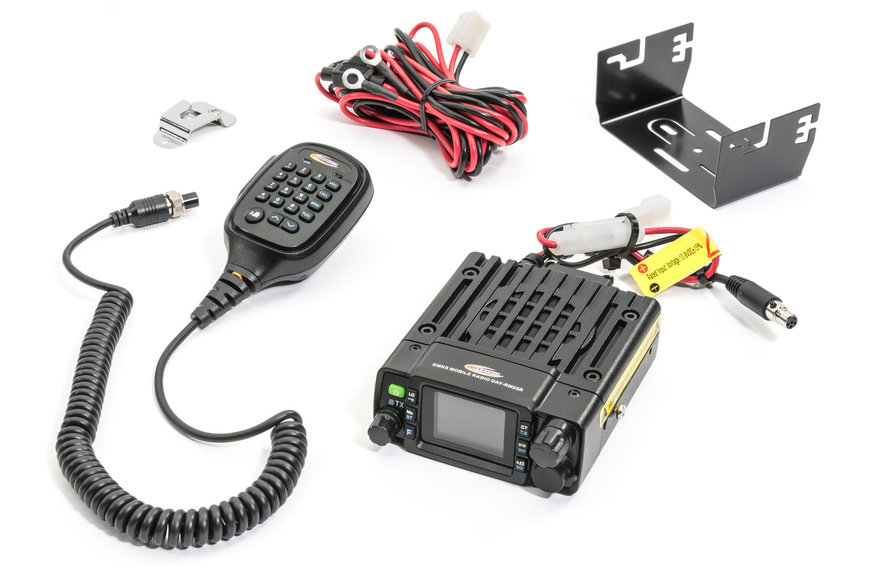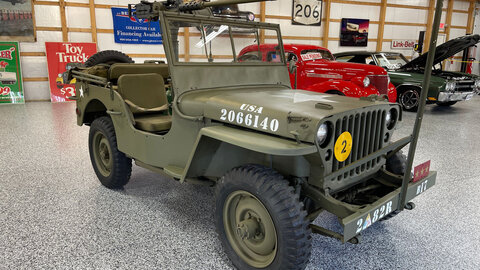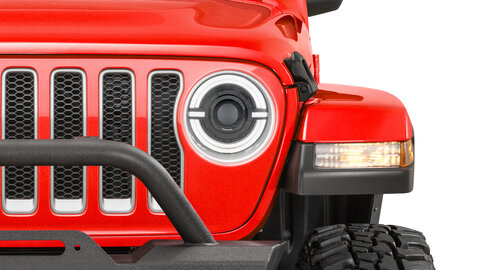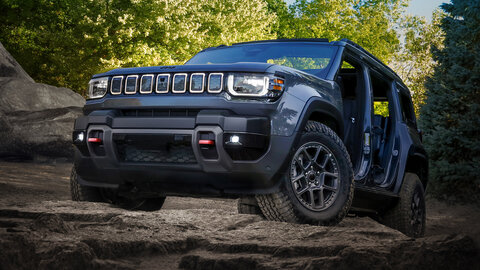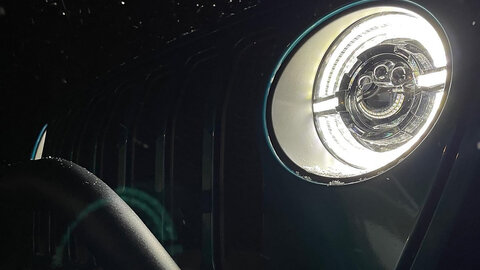by Scott Ammerman
Torque Correspondent
In the past few years, General Mobile Radio Service (GMRS) usage has really started to gain traction. These UHF (ultra high frequency) radios give you the flexibility of much higher transmission power, and longer range, for a more affordable price than was previously available.
GMRS has 22 available frequencies, and radios are permitted to be a maximum of 50 watts for mobile/base station radios, or five watts for handheld units.
To use these higher output radios in the United States however, you must acquire a license. And while many have very vocally said “you don’t need a license if they can’t find you”, I absolutely urge you to do two things:
Stop Publicly Telegraphing Your Intention to Break the Law
If nothing else, the Federal Communications Commission (FCC) is already aware there is a large contingent of the off road community using GMRS frequencies without purchasing a license. But since licensing fees have been discounted 75% per year in just the past 4 years, enforcement efforts to recoup any lost revenue is looking more and more likely.
Fines for misuse of these radio frequencies can be measured in the thousands of dollars. So, posting that you have no intention of paying the cost associated with a license (for a meager fee) makes it more likely off road enthusiasts will be targeted as an untapped revenue stream in the very near future.
If You are Going to Use GMRS Radios, Get a License
Prior to 2017, an individual license to use the GMRS system cost $70 for five years. Changes were made in 2017 to the frequency structure and wattage limits, and the license duration was increased to 10 FULL YEARS. Recent legislation has reduced that fee to $35, and this reduced rate should be available soon.
So for $3.50 a year, you can stay on the correct side of the law while remaining in contact with your trail group over a vastly superior communication set up versus CB radios. Additionally, a GMRS license covers your immediate family: all children, your spouse, your parents, your grandkids, etc.
It is important to mention that GMRS licenses do not give you the ability to use these frequencies for commercial reasons. Licenses are not issued to businesses, and using them while working is expressly prohibited. Using these radios for work can net you fines in the $10,000 range PER RADIO if you are caught — which simply is not worth the risk.
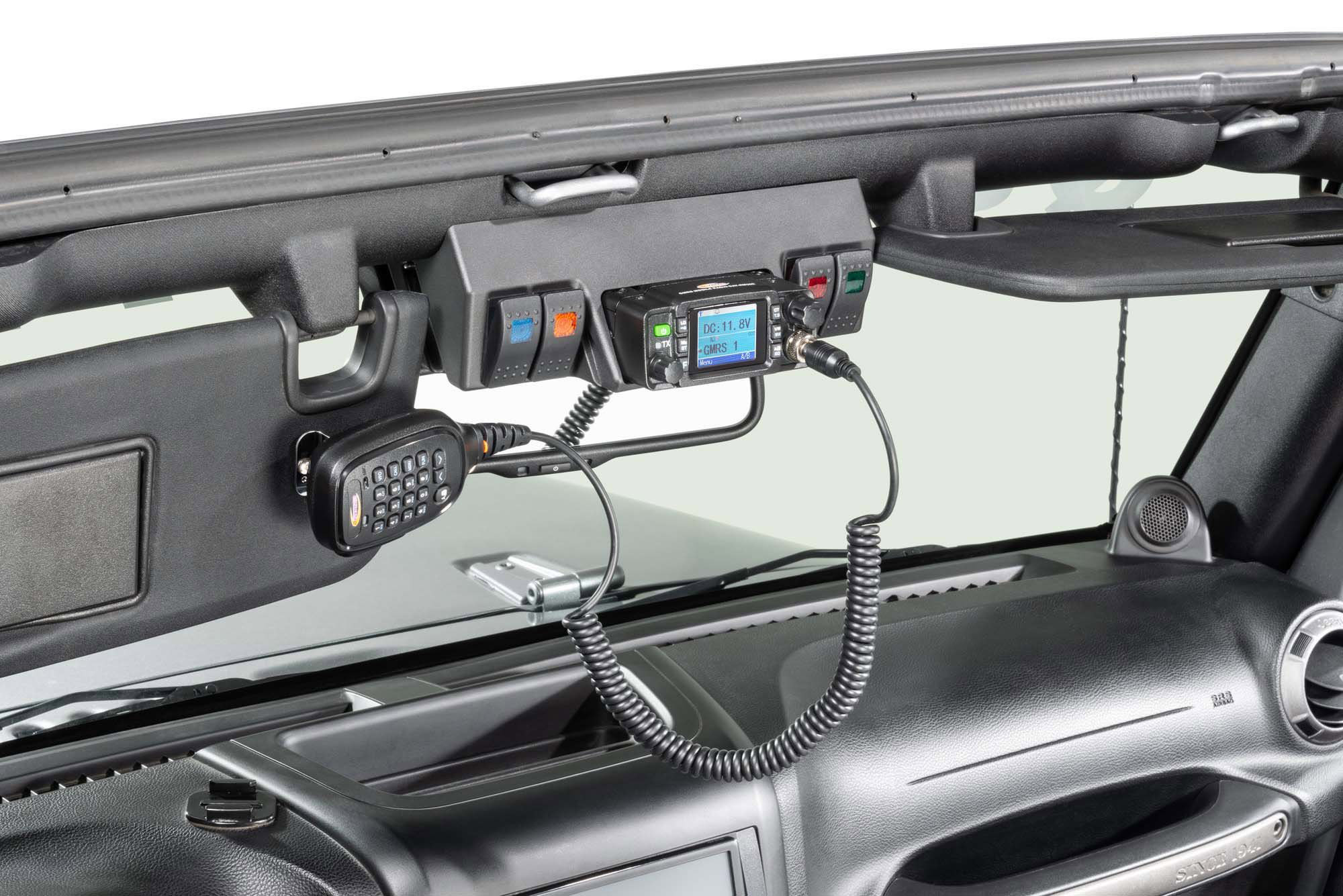
There are a few rules for getting licensed, but they are fairly simple. You cannot be a foreign government representative, must be over the age of 18, and follow the rules of the GMRS system — including identifying yourself periodically while using the system by your FCC assigned call sign.
This allows you to use higher wattage radios and have access to GMRS repeater networks (significantly boosting your range).
Currently, application for a license is a clunky, two-step process through the FCC. First, you must apply for a FCC Registration Number (FRN). This identification number is issued rather quickly, typically within minutes, and registers you as an individual user to the FCC.
After obtaining your FRN, you can purchase a GMRS license at the current rate. There is no test, so you’re on your own to read and understand the rules of the system.
It should be noted that if you are already an Amateur Radio License (HAM) holder, you already have a FRN, so you can skip this first step. More about this later.
Not yet ready to pay for a license? Well, there are two other commonly used radio frequency ranges that don’t cost a thing, or require a test — as well as one more choice that requires a fee AND a test.
Citizens Band Radio (CB)
CB radios have long been the most commonly used method of communications in the off-road community. In addition to being a requirement for Jeep Jamboree events, they were the most accessible and reasonably priced method of radio communications between vehicles. These radios work in the much lower HF (high frequency) range, as opposed to the UHF systems — this limits both range and performance. Transmission power is limited to four watts.
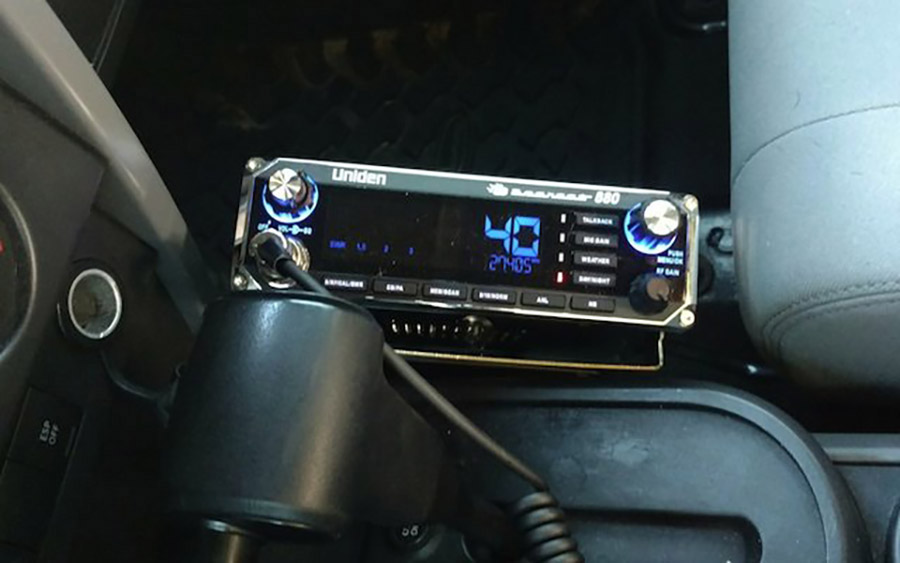
The evolution of CB radio communication began in the United States back in 1945, the same year the first civilian Jeeps rolled off assembly lines. The Federal Communications Commission set aside certain frequencies for individuals to utilize, and these early radios were put into use by private citizens as well as truckers and tradesmen looking to communicate.
Back in those days, personal over-the-air communication was groundbreaking. Showcased in cinema and television in the ‘70s and ‘80s, these short range communication devices were often shown being used over extraordinary distances, even though the range of a legal CB setup is far shorter — topping out at about 10-15 miles in “ideal” line of sight conditions with no obstructions and a very tall high-gain antenna.
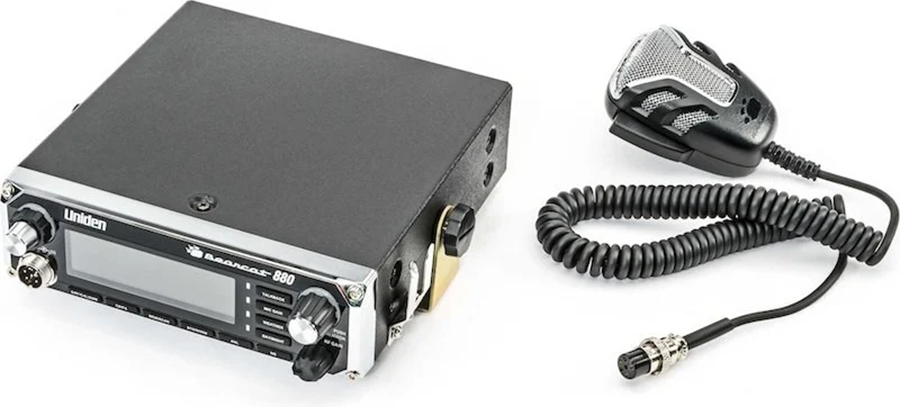
For off road trail use, within a few hundred yards, CB setups were nearly perfect. If all the system’s components were working properly, and the antenna system was tuned correctly, clear communications were possible. However, if someone was behind a hill, or even in a grove of trees, the signal could become garbled, or even unable to be heard at all.
Through the 1970s and early 1980s, there was an individual licensing fee for the usage of this band, but these fees were largely ignored and very sporadically enforced by the FCC. They were fully eliminated in 1983. So since then, no license for CB usage has been required.
Family Radio Service (FRS)
FRS frequencies have also been set aside for free usage without a license, and there is some overlap with GMRS frequencies — to use these unlicensed bands, you must be using a lower wattage radio (a maximum of 2 watts, and .5 on some frequencies) with a fixed antenna.
Many people call these radios walkie-talkies or “blister pack radios” (because they come paired up in clear plastic packages), and they are generally available where sporting goods are sold.
For many uses, these are even better than a CB, since the radio can be easily taken with you for spotting or exploring a side trail. In ideal conditions, you can get a few miles coverage out of these radios, but being inside a vehicle with a smaller antenna will severely limit your output.
Amateur Radio Service (HAM)
As I said, there is another option that is superior in a lot of ways — it boasts much higher output restrictions as well as many more available frequencies. There are three different license levels available (Technician, General and Amateur Extra), and each level requires a fair amount of additional education and testing. Each level expands the frequencies you have access to, and raises the wattage restrictions.
To take a HAM license test, you must register with the FCC to get that same FRN number, then check with the ARRL (American Radio Relay League) to find a testing center in your area. You pay a fee at test time, and should you pass, the FCC then issues you a call sign. When I took my Technician level test, the fee was only $15.
Even the lowest technician level allows you to operate in a bevy of frequencies, and operate radios up to 1500 watts. The knowledge you gain about how radio transmitters and receivers work, how to limit interference and how to tune antennas at this level of testing is substantial.
If you are interested in pursuing this level of learning, there is a great audio book by Michael Burnette called “The Fast Track to Your Technician Class Ham Radio License.” It is definitely worth considering if you really want to be able to communicate over long distances.
That said, HAM radio has A LOT more rules than even GMRS. Because of these regulations, the additional learning is crucial to staying on the right side of the law.













